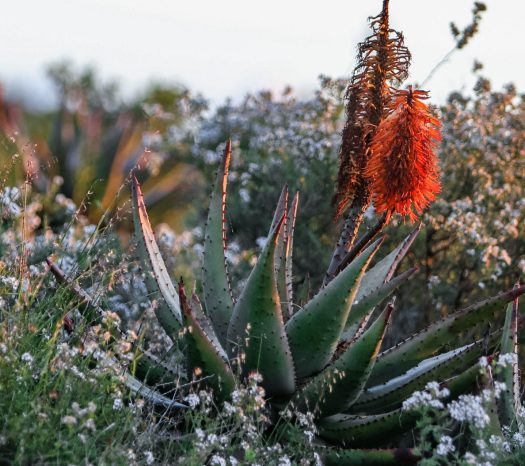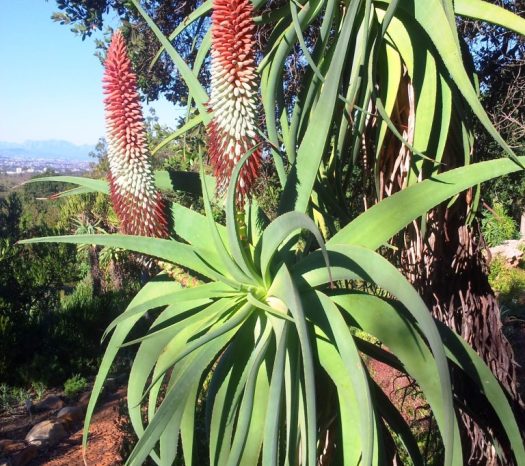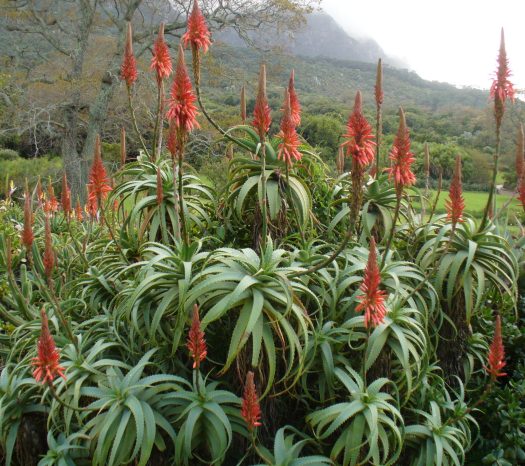
A chemical engineer by profession, he spent most of his working life with Shell South Africa reaching the highest echelons of management. His highly successful career was cut short after being diagnosed with an acoustic neuroma in 1995. Given five years to live, he was treated at the National Accelerator Centre in Faure, near Cape Town, as part of an experimental treatment program. Despite numerous side effects, five years became twenty-nine years and he lived until the age of 79.
His decision to move to the Breede River, a holiday home from the early 90’s was the true start of his recovery. His maternal family have a rich history in conservation and at the river he found his true calling. He immersed himself in his new life where he found meaning and purpose after several difficult years. His vast and varied experiences at Shell were of much value as he gave back to the estuary he loved.
As a trustee, Peter initially worked with the management of the LBRCT and after several years, became chairman. He was instrumental in creating the long-standing tripartite alliance whereby the Hessequa and Swellendam Municipalities agreed to have the LBRCT manage the estuary on their behalf.
A true gentleman, who took pleasure in all that life had to offer, he will be deeply missed by all who knew him.
Bar-throated apalis (Apalis thoracica)
Whale watching this winter?
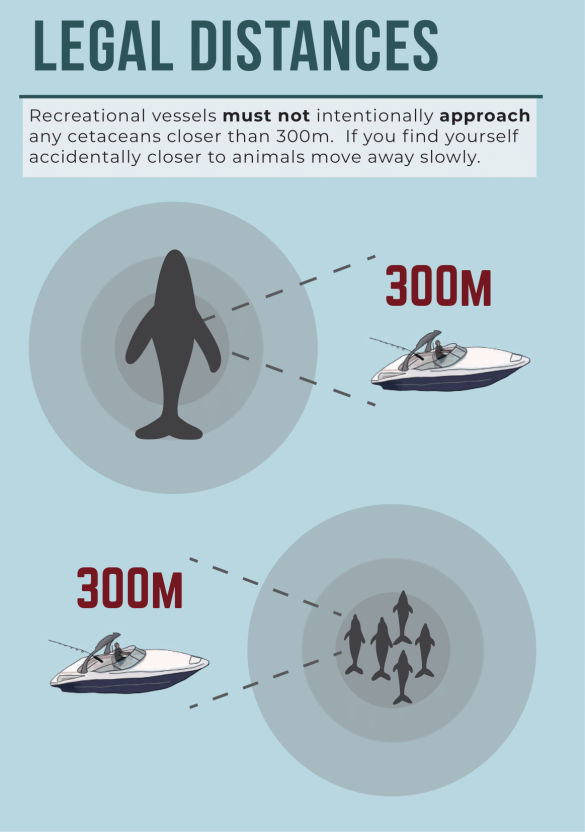
Please respect these gentle giants and remember the rules that protect them:
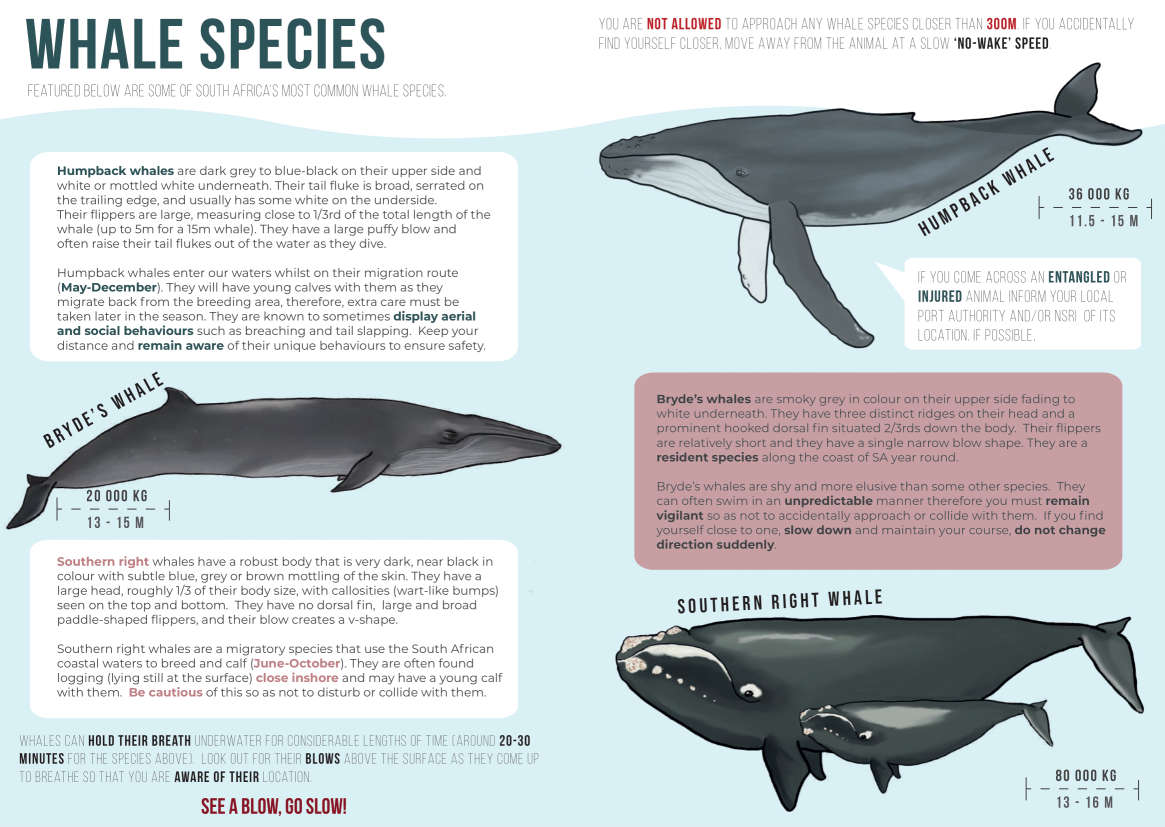
Click below to download the full Guide to Recreational Vessels and Wildlife - ©Nature's Valley Trust.
Witsand received unprecedented rain early in June, resulting in major flooding across the village. FishWitsand was even offering fresh water fishing charters!
Animal Rescues during May and June
Despite the arrival of winter we still received a few rescue call-outs for snakes and one for a loggerhead turtle hatchling. This beautifully coloured male boomslang was caught in the stormy weather of early June and has since been released. Boomslangs are usually docile, and this one was especially well behaved. Being a bit cold, the slow snake posed well for a few photographs. It’s important to remember the role that snakes play in our environment by limiting rodent populations and therefore disease. All animals have a place on this earth.
Only the 3rd ever sighting in the Western Cape!
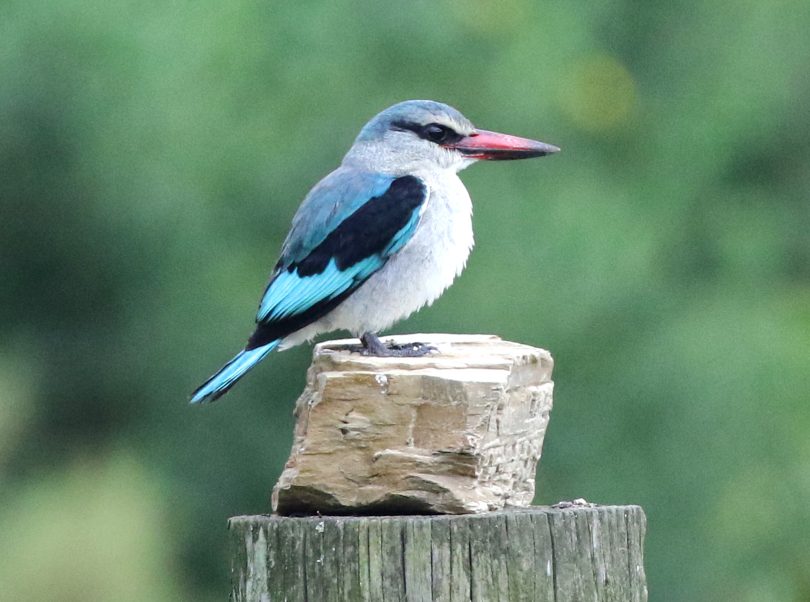
Rare Sighting! A Woodland Kingfisher was photographed in Matjieskloof (Malgas) on the 5th of June 2024. This seems to be only the 3rd ever record for the Western Cape, making it very special. Here at the Breede Estuary we usually see Pied, Malachite, Brown-hooded and Giant Kingfishers. Other recent rare bird sightings include a Goliath and Squacco Heron. Please share any rare sightings you may observed at the Breede Estuary.
Monthly Monitoring
Water Quality and Bird Counts
The LBRCT conducts a monthly bird count and water quality run on the Breede River. Both operations are conducted at spring low tide (full moon or new moon). On the water quality run this accounts for the pushing tide increasing the salinity of the water upriver as we travel and test. The bird count takes place at low tide to observe and record the different species as they forage on the exposed mudflats.
For the latest results please click here.
Breede River Locations Map
Click here to view a map of the Breede River Estuary containing the locations of popular spots, attractions, restaurants & pubs, accommodation, boat licence sales outlets, public slipways, and more!
Buy your Recreational Fishing Permit online:
We are pleased to announce that Recreational Fishing Permits are available online! Please visit https://www.fishing.dffe.gov.za/ to purchase your permit.
Please remember that should you intend fishing from a vessel, at least one crew member requires the permit condition for an "additional fee per vessel for recreational fishing from such vessel" to be selected.
Have you renewed your Municipal Boat Licence?
Boat licences need to be renewed annually from July. Recreational boat licences for the Breede River are available from any of the six outlets as well as online (link below). In accordance with the Municipal Financial Year, all annual licences are valid from the 1st of July 2024 until the 30th of June 2025.
Please note: Commercial licences are required for vessels used in commercial operations, such as chartering, rentals and houseboats. Please apply in writing to info@breede-river.org
Aloes of the Breede River Estuary
Aloes form a conspicuous part of the Breede River landscape and are appreciated by many for their striking characteristics. Environmental legislation protects aloes in all provinces of South Africa, making it illegal to remove the plants from their natural habitat without permission. The lower Breede River is dominated by two single-stemmed species, the Cape Aloe (Aloe ferox) and the Tilt-head Aloe (Aloe speciosa), and one multi-stemmed species, the Candelabra Aloe (Aloe arborescens).
The Cape aloe usually grows 2 m tall, but old specimens can reach heights of up to 5 m. This dark green species is easily recognisable along the Breede with dark brown spikes along its leaf margins as well as on its upper and lower leaf surfaces. Hence this species is aptly named, with ferox meaning ‘ferocious’. Aloe speciosa on the other hand grows up to 6 m tall and has smooth leaf surfaces, but retains the spiked margins. The leaves of this species are blue-green in colour with pinkish edges and are generally longer and less vascular than those of A. ferox. The collective term given to the leaves of an Aloe head is the rosette.
The rosette of A. speciosa is almost always tilted, hence its common name, and can look untidy as the leaves do not grow in any particular arrangement. Nevertheless, this species is one of the most beautiful aloes in the region, with speciosa meaning ‘showy’ it is a firm garden favorite. The Candelabra aloe, Aloe arborescens, is a multi-branched shrub that can grow 2 m high. The rosettes are greyish-green to bright green in colour, with sickle-shaped leaves that have white or green spikes along the edges. This species is easily propagated from cuttings and is widely cultivated as ornamental but also as a hedge plant.
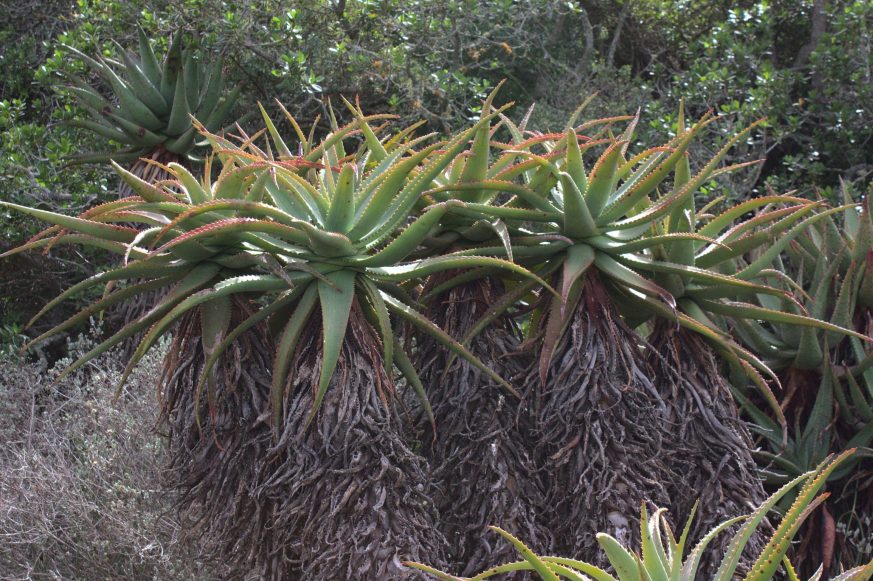
A hybrid cross between A. ferox and A. arborescens.
Aloe species have the remarkable ability to hybridise with one another due to overlapping of flowering times and sharing common pollinators. Many nectar-loving sunbirds and bees enjoy the rewards from aloe inflorescences (collection of flowers) for their pollination efforts. Natural hybrids are usually an intermediate between the two parents, and can be more easily identified because both parents should be present close by. Aloe ferox and Aloe arborescens frequently hybridize with one another, and can be found along the Breede estuary where distributions overlap. Characteristics of this hybrid include multiple stems, smooth leaf surfaces, downward shaped leaves, intermediate plant height with a mix of both dark and light green colouration. Tilt-head aloes do not hybridise as readily with the other aloe species as it typically flowers later in the year (refer to table above for flowering times)
Aloes are great indigenous alternatives for horticulturalists as they are pre-adapted to the harsh African climate and can thrive in a variety of habitats. Hybrids are often considered more beautiful than their parents and also grow faster, flower sooner and produce more striking flowers! This is due to a genetic phenomenon known as ‘hybrid vigour’.
If you want to cultivate aloes of your own there are a few pests and diseases to look out for. It is always recommended to prevent infestations by providing the plants with the correct watering, drainage and shade. Nevertheless, white scale insects sometimes gather in organised rows on the leaves. These can be dealt with using a modern insecticide. Another problem that causes deformation of the leaves and the flowers is aloe cancer. This is caused by mite infestations which stimulate unnatural cell growth. Generally plants with aloe cancer are removed and destroyed as their presence can infect other healthy aloes. Fungi or aloe rust leave ugly round brown spots on the leaves. Fungicide works very slowly to remove these spots. Lastly, the aloe snout beetle is most likely South Africa’s worst pest. These beetles burrow into the heart of the plant where they promptly lay their eggs. The larvae hollow out the stems, which ultimately lead to the plants demise. Unfortunately, these infestations are often detected too late.
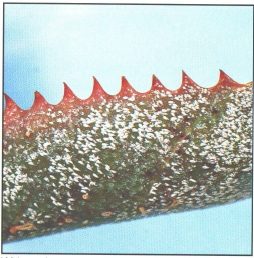
White scale insects
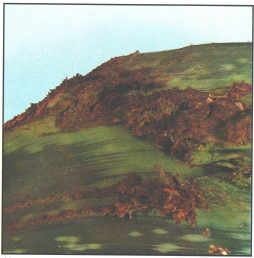
Aloe cancer

Aloe rust
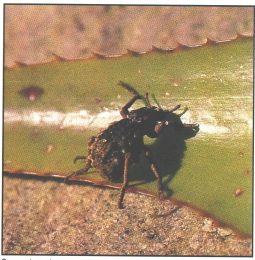
Aloe snout beetle
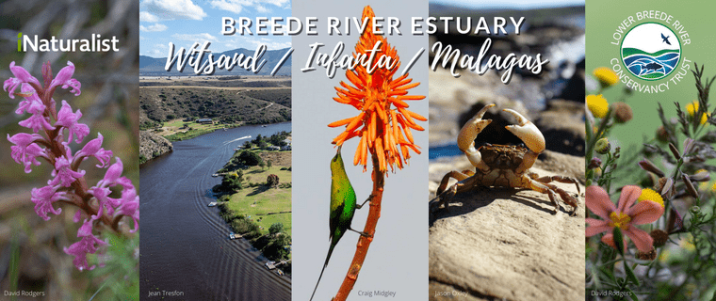

Would you like to improve your knowledge on all the plants and animals of the Breede River Estuary? Help us identify and map the fauna and flora using the fun and easy-to-use iNaturalist app! We've added the three main areas along the estuary, namely Witsand, Infanta, and Malagas, as individual projects to better understand which species occur where. View the Fauna and Flora of the Breede River Estuary for yourselves by clicking on this link - https://bit.ly/3VvN9bZ
Legal Size Red Flags for Water Sports
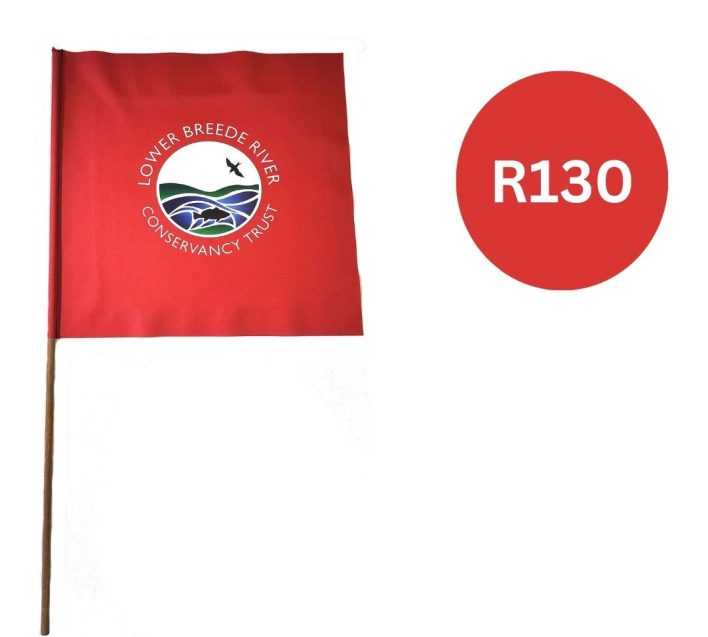
As per the municipal by-law, the operator of a boat towing a skier must display a red flag measuring a minimum of 500mm by 500mm to indicate when:
(a) a skier down in the water, or preparing to ski;
(b) a tow line extended from the boat;
(c) a ski in the water in the vicinity of the boat.
To purchase a legal size LBRCT red flag for only R130 please contact info@breede-river.org or WhatsApp 064 774 3862 to place an order.
Buy a Conservancy Cap
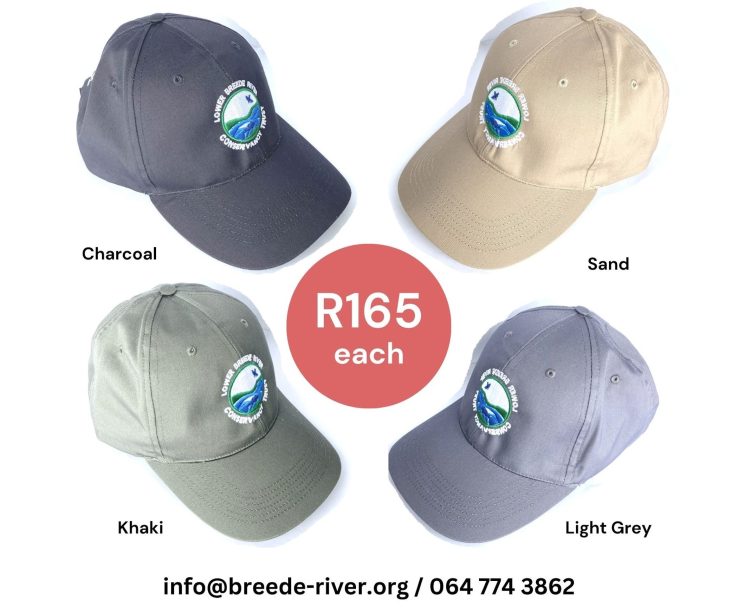
Are you a member of the LBRCT?
If you take an active interest in, or use the Breede River Estuary, we encourage you to become a member of the LBRCT and support our worthwhile endeavours on your behalf by way of contributing to these efforts. Memberships are due for renewal from the 1st of July 2024.
If you are interested in receiving news updates and other interesting information consider joining our 'LBRCT Communications' WhatsApp group.
Click here to join the group.
Like what we're doing?
Leave us a review:


